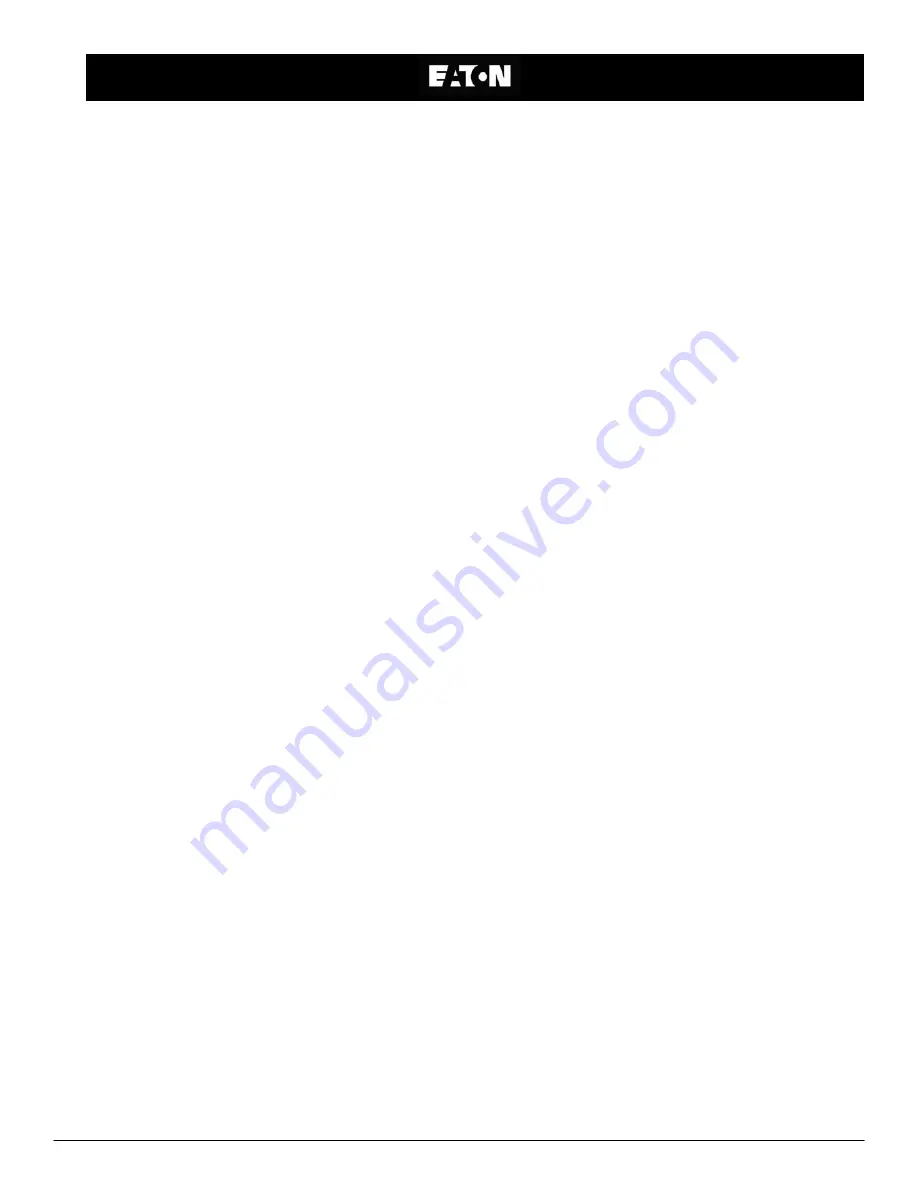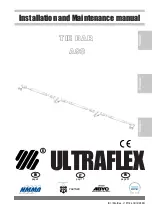
3
Installation
Position the strainer in the line so that the fluid enters
the connection marked inlet.
CAUTION: Lift strainer with slings under the inlet
line nozzles and through the reducer mount. Con-
nect all 3 points above strainer for stability.
Be sure sufficient headroom is provided for easy re-
moval of the internal parts.
Support the strainer in the line as follows:
These strainers are provided with footpads or slotted
openings to accommodate the use of anchor bolts.
Put the strainer in place on concrete or foot mounts.
DO NOT support the strainer or the piping coming to
and from the strainer by the strainer flanges or flange
bolting.
Do not support
the strainer, or the piping coming to
and from the strainer by the strainer flanges and
flange bolting.
Connect the strainer to the line. Use the same type
flange faces. For example:
Do not
bolt raised face
flanges to iron flat face flanges. Iron flanges must be
flat with full face gaskets.
Strainers are subject to face-to-face
variations due to shrinkage, machin-
ing and fabrication tolerances. Pre-
fabricated piping systems must allow
adjustment at the strainer connec-
tions.
Be sure flange gaskets are in place and fasteners are
tightened to correct torque values.
Attach a drain line to the bottom NPT drain connec-
tion. Install a ball, gate, or plug valve in this line.
Keep this valve closed except when necessary to
drain the strainer.
Attach the backwash line to the bottom NPT back-
wash connection. A vigorous backwash flow is neces-
sary for proper operation of the strainer. It is impor-
tant to prevent pressure loss by having a short, free-
flowing backwash line with a minimum of bends, el-
bows or vertical runs.
Install a backwash valve in the backwash line. The
valve may be manually or automatically operated.
This backwash valve is to be used only for full-on/full-
off control.
For all applications, a manually operated pinch valve
(supplied by others) to throttle backwash flow may be
installed downstream of the backwash valve. See
‘Suggested Backwash Line Installation’, Figure 3.
Prior to start up, inspect the inlet waterway for wooden
chocks that may have been provided to restrain the
backwash arm during shipping. Remove wooden
chocks if provided.
Prior to start up, rotate the backwash arm manually to
assure freedom of movement. To operate manually,
the drive pin must be removed from the top of the
shaft.
See “MANUAL OPERATION OF THE EXTERNAL
BACKWASH SYSTEM”. Use an adjustable wrench
on the flats provided on the shaft to allow at least one
complete revolution to assure freedom of movement.
CAUTION: Be sure power source matches motor
requirements. Damage may occur if improperly
connected. Motor starter should incorporate a
thermal overload device to protect the motor. In-
terlock strainer motor with process fluid service
pump where feasible. Install a fusible disconnect
or circuit breaker on the incoming power service.






























